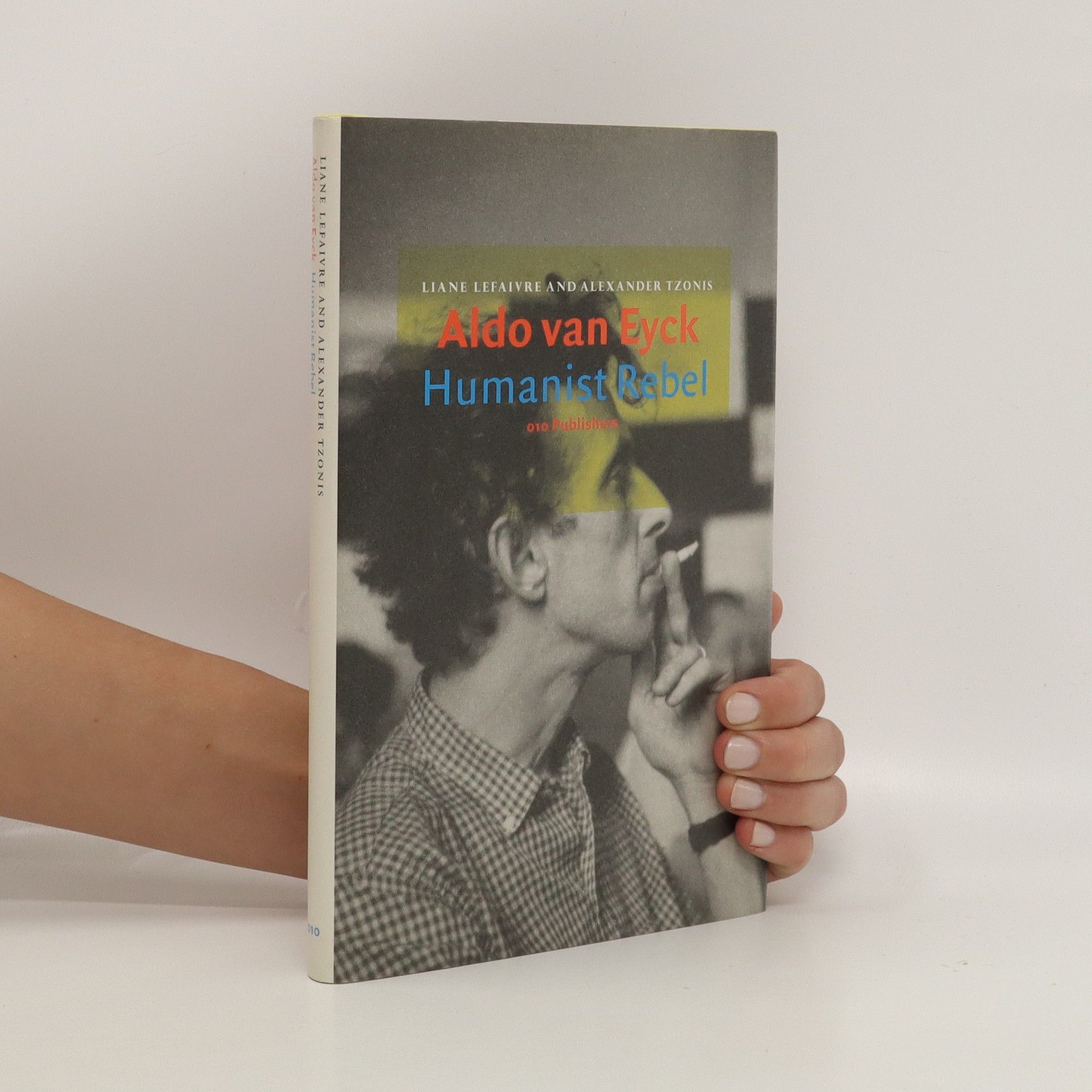One of the most influential architects of his time, van Eyck had an immediate impact on the buildings of the fifties and sixties. For half a century, van Eyck composed manifestoes, crafted images, and created structures that shaped the critical sensibilities of his contemporaries, a rebel advancing some of the most creative design ideas of this century.
Aldo van Eyck Livres



An essential survey of the Achitectural works of Aldo & Hannie van Eyck Known as the father of Dutch modernism, Aldo van Eyck was instrumental in defining the landscape of postwar architecture. His designs foregrounded the importance of the lived experience of the inhabitants of each building, and these social concerns are clearly apparent in the choice of projects profiled in this book. Beginning with iconic works such as the public playgrounds of Amsterdam whose minimalist aesthetic style was designed to stimulate creative play, and which ultimately influenced generations of children across the world, this publication also showcases less-known later works. The boldly colourful ESTEC communal building, and the Court of Audit in The Hague with its undulating façade. 24 key works, which were developed in collaboration with his wife and partner Hannie van Eyck, are presented through full-bleed photographs, as well as site plans and elevations. These include iconic works that made their name, such as the public playgrounds of Amsterdam,. and the municipal orphanage composed of multiple modules on one level. Their later work of the 1980s and 1990s, which includes the boldly colourful ESTEC communal building, and Court of Audit in The Hague
Die 1969 von Aldo van Eyck erbaute Pastoor van Ars-Kirche in Den Haag ist einer der wenigen bedeutenden Kirchenbauten der zweiten Hälfte des 20. Jahrhunderts. Dieses Buch beleuchtet die einzigartigen architektonischen und räumlichen Qualitäten des Gebäudes. Obwohl er selbst nicht katholisch war, bemühte sich Van Eyck um den Bau eines authentischen und zeitgemäßen katholischen Gotteshauses. Zu diesem Zweck griff er auf die ursprüngliche Typologie der frühchristlichen Basilika zurück, deren Bestandteile er in die neue Raumauffassung der Avantgarde des 20. Jahrhunderts einfügte, insbesondere in die dynamische Ordnung der Archetypen von Mondrian und Brancusi. Der Autor, der bereits eine umfangreiche Monografie über die Ideen und das Werk des niederländischen Architekten verfasst hat, widmet dem intensiven Entwurfsprozess besondere Aufmerksamkeit, den er anhand von mehr als hundert Entwurfsskizzen aus dem Van Eyck-Archiv rekonstruiert. Ed.: Architecture Curating Practice npo.